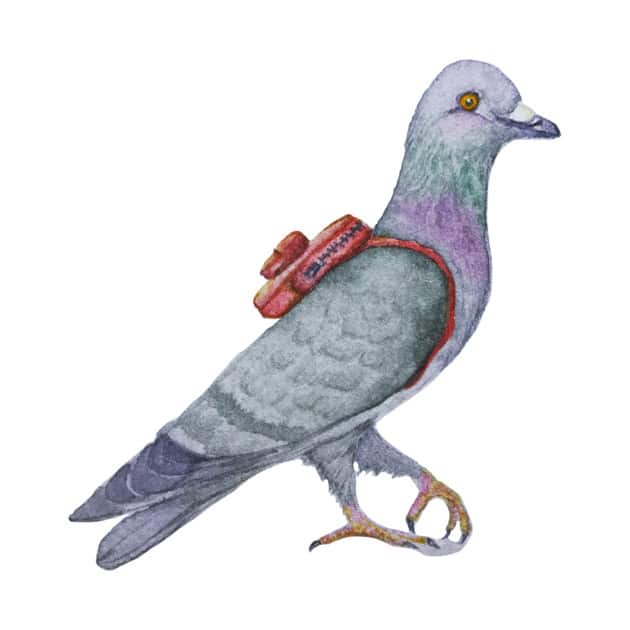By Cpl. Lukas Kalinauskas | Marine Corps Base Camp Pendleton | July 17, 2018
MARINE CORPS BASE CAMP PENDLETON, Calif. —
Whether it’s Genghis Khan using messenger pigeons in 1201 or former Gen. James Mattis using a satellite phone in 2009, one thing remains clear; effective communications play a vital role in the military.
“During my time, I’ve been fortunate enough to see communications go from an analog to digital standpoint,” said Joey Trecartin, a retired chief warrant officer 5 who served in communications for 30 years as a network engineering officer, circuit card repairer, communication security equipment technician, and technical controller. “The evolution of communications has enabled commanders to make more informed decisions than generations past.”
When Trecartin was a private first class almost 30 years ago, he dealt with numerous radios and parts that did the same job of one lightweight, modernized radio today.
“30 years ago, communications was very different,” said Trecartin. “A radio was just a radio for voice communication. Now they are used to send data and have a lot more capabilities in a smaller package.”
Communications play an important role in the Marine Corps; it allows information to be pushed around the battlefield instantaneously so commanders can react to changing situations faster, and provide the warfighter access to information necessary to complete missions.
According to historians, on June 7, 1942, the Battle of Midway ended, in part because United States codebreakers at Pearl Harbor, Hawaii, decoded Japanese naval communications. These actions enabled allied forces to predict an impending attack, highlighting the importance of communications on the battlefield.
“You want to have better rifles, better combat aircraft, better communications,” said Trecartin. “Communications allow commanders to have a real-time feel of what’s going on in the battlefield, which can ultimately save lives and win battles.”
Although modern militaries have instant access to real-time information at the snap of a finger, and no longer have to wait for carriers to deliver coded notes to commanders, how do we stay ahead of the enemy?
“More now than ever, we try to leverage commercial technology into our programs,” said Trecartin. “By seeing what is being worked on outside of the Marine Corps, we can take emerging technologies and apply them to a tactical environment.”
According to Trecartin, the mission of Marine Corps communications is to ensure that information is reliably transmitted from one point to another. That mission is achieved not only by having modern equipment, but also by improving the people and processes to make it a reality.
“Force modernization is going to better enable Marines that are forward deployed to connect with coalition and joint forces if need be,” said Trecartin. “If we’re modernizing our equipment it only makes sense to modernize our MOS’s so the Marine Corps can move forward.”
Marine Corps Vision and Strategy 2025 includes continuously innovating the Marine Corps by requiring that we look across the entire institution and identify areas that need improvement and effect positive change. The MOS’s in the communications field such as field wireman and cyber network operator were some of the many changed in support of Marine Corps force modernization. The new MOS’s in place of field wireman and cyber network operator are network administrator and data systems administrator, which play a key role in communications by establishing networks and configuring cyber systems.
The Marine Corps quickly picks up on what we have to do to change and stay ahead of the enemy,” said Staff Sgt. Joshua Causey, transmissions chief, 9th Communications Battalion, I Marine Expeditionary Force. “It’s my job as a leader to train my Marines so they can be the next generation of combat communicators.”
As the Marine Corps continues to prepare for the battles and conflicts to come, the field of communications will continue to improve how we communicate in battle and in garrison.



















